Cagliari, Nov 18, V7N– Sardinia, renowned for its wild landscapes and strong winds, has become a battleground over renewable energy. Acts of sabotage, including an attempt to topple a wind turbine near Mamoiada, highlight growing resistance as the island grapples with its energy future.
A Heated Opposition
While the Mediterranean island's sunny skies and coastal winds make it ideal for renewable energy, locals claim their homeland is being exploited. Environmental group Legambiente's Marta Battaglia described the hostility as “a visceral rejection of renewables,” with vandalism reflecting attempts to intimidate policymakers.
Critics argue large-scale projects by multinational companies will send electricity to mainland Italy, undermining Sardinian interests. Protesters are calling for localized energy solutions instead.
A Landscape Under Threat
Ironically, climate change is already reshaping Sardinia's iconic scenery. Droughts, wildfires, and coal dependency—74% of electricity came from fossil fuels in 2022—have scarred the island. Yet, a new regional framework led by President Alessandra Todde aims to severely limit renewable development, branding it an “invasion.”
The moratorium and restrictive rules, set to become law by year-end, render 99% of Sardinia off-limits to green projects. Environmentalists and industry experts warn that this could derail Italy’s commitment to EU climate targets.
Protests and Sabotage
Demonstrations in Cagliari, with chants of “Hands off Sardinia!” reflect fears of industrial colonization and cultural erosion. Critics want renewable projects confined to rooftops and community initiatives rather than expansive wind or solar farms.
“We need energy for Sardinians, not for export,” said Davide Meloni of the Territorial Defence group.
Balancing Progress and Preservation
Experts suggest alternatives like offshore tidal energy, but political and public opposition remain intense. As Italy prepares for a 2028 coal phase-out, Sardinia faces a critical choice between sustainable progress and preserving its cultural identity.
For now, the island's struggle exemplifies a broader European challenge: how to embrace renewables while respecting local communities and landscapes.




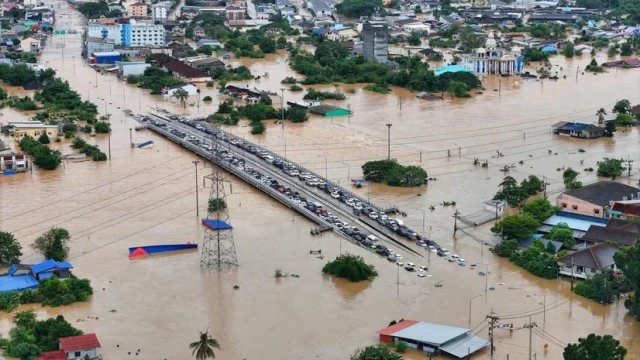



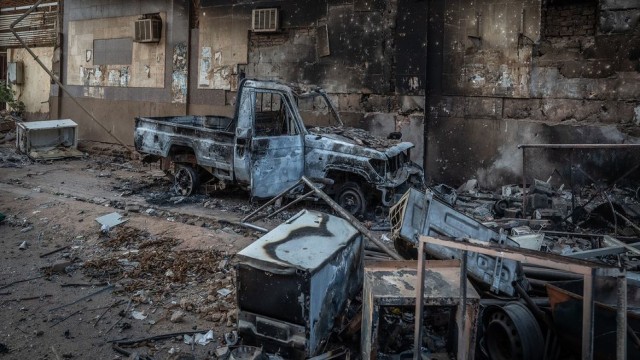

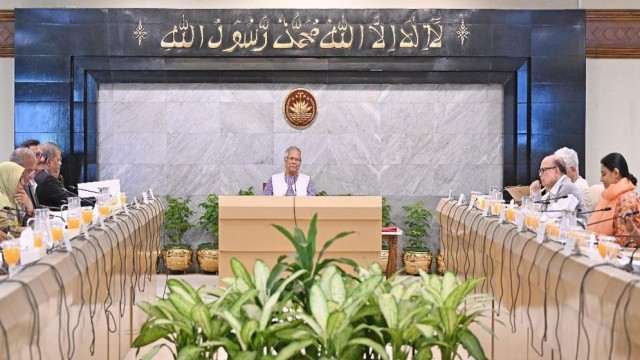






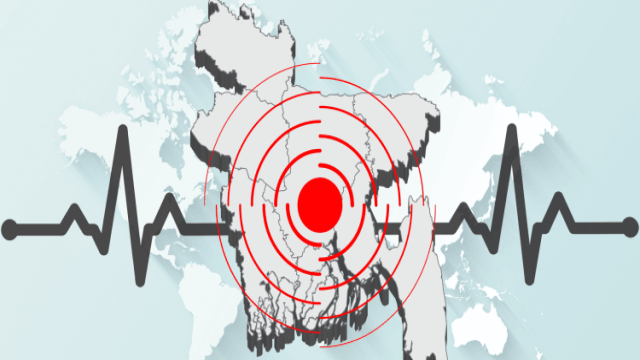




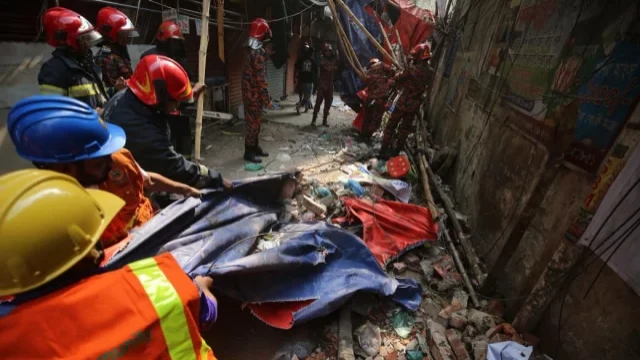
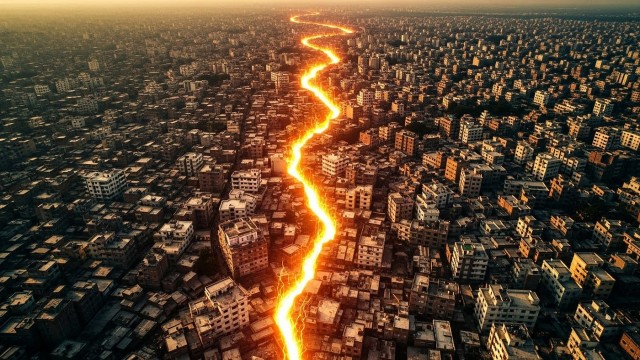


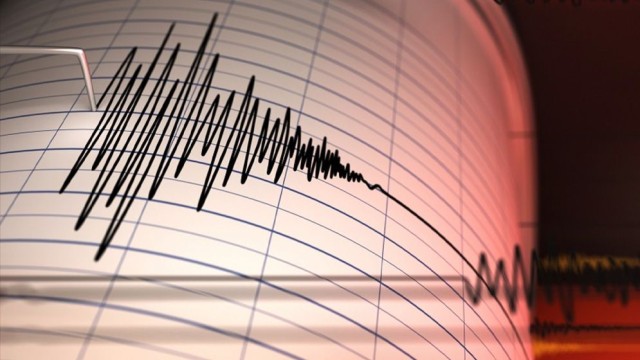


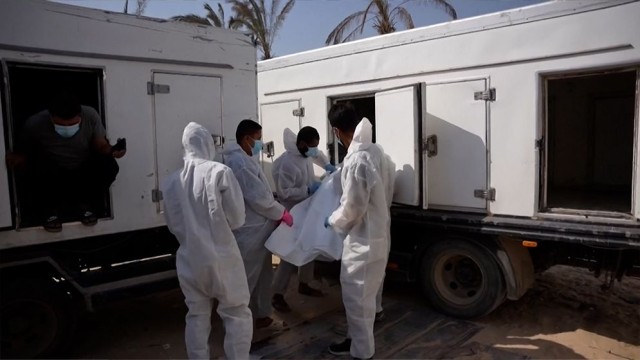
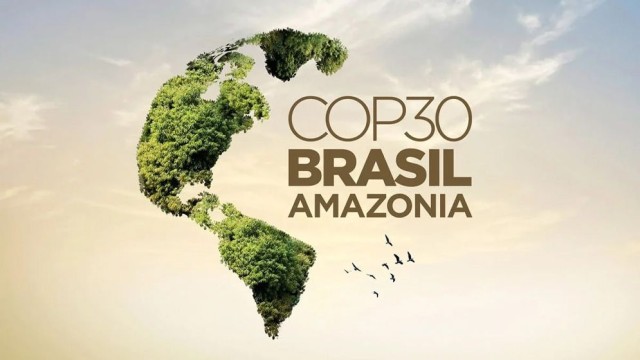
Comment: